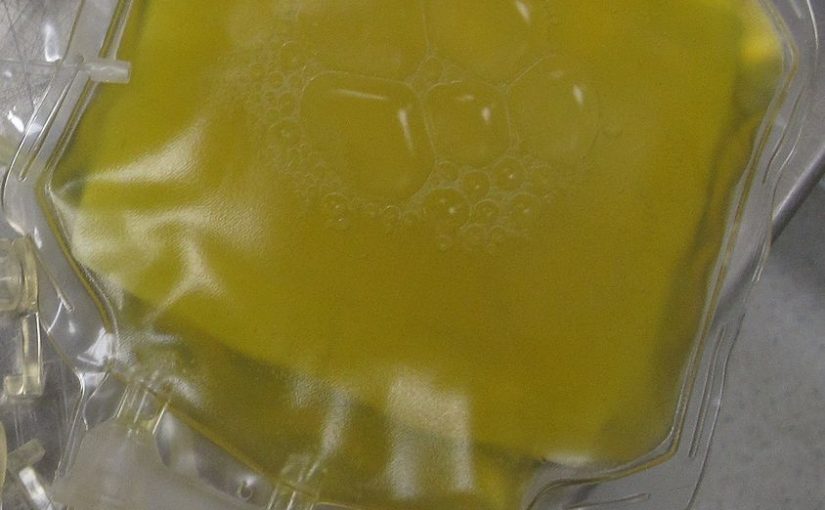Reading Time: 3 Minutes – H2O is Not Enough for Sufficient Hydration
Got Plasma?
Our body also needs to be producing sufficient amounts of healthy blood plasma as it is a MAJOR component of the fluid that fills our skin stores for whole being homeostasis.
The body fluid outside the cell is composed of blood plasma, interstitial fluid, lymph, and transcellular fluid.
The extracellular fluid pertains to all body fluid outside the cell(s). In humans, the total body water composition is made up mainly of intracellular fluid (67%) and extracellular fluid (26%). The extracellular fluid, in turn, is composed of blood plasma, interstitial fluid, lymph, and transcellular fluid (e.g. cerebrospinal fluid, synovial fluid, aqueous humour, serous fluid, gut fluid, etc.).
The interstitial fluid and the blood plasma are THE MAJOR COMPONENTS of the extracellular fluid.
Because of its composition, it, therefore, serves as a delivery medium for nutrients and waste products. It is also a crucial site for various homeostatic mechanisms.
In most mammals, including humans, the formation of urine begins in the nephrons of the kidneys by filtration of BLOOD PLASMA into the nephron; the fluid found within the nephron is essentially THE SAME AS BLOOD PLASMA without the macromolecules (e.g., proteins).
The blood is a very active organ with many cells that turn over rapidly. If you do not provide your body with the right nutrients, your blood production can deteriorate, and you increase the risk of anemia, bleeding, or bruising.
While your blood needs several vitamins and minerals to function effectively, the following are key nutrients that promote the production of healthy blood plasma:
- Iron
- Riboflavin-Vitamin B-2
- Folic Acid-Vitamin B-9
- Cobalamin-Vitamin B12
- Vitamins A, D, and C
The attached photo is a bag of our Blood Plasma. I imagine this is why the color of our healthy urine is yellow.
Image provided by DiverDave – Own work, CC BY-SA 3.0, https://commons.wikimedia.org/w/index.php?curid=11866692
Michael J. Loomis | Editor at Chew Digest | Scribe at Terrain Wiki
